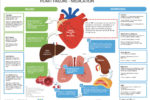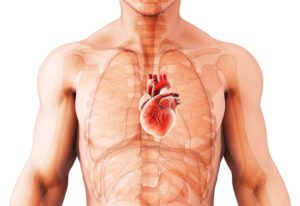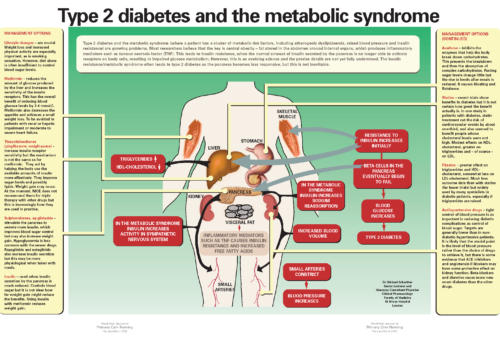Welcome to this issue of the journal, with holidays a distant memory and the ‘back to work’ feeling which September brings. A little like January, September is a time of year associated with starting again, perhaps because we remember returning to school for the new academic year. BJPCN provides key information to help you negotiate your way successfully through the latest ‘timetable’ for general practice, ensuring that you are in the right place at the right time.


























